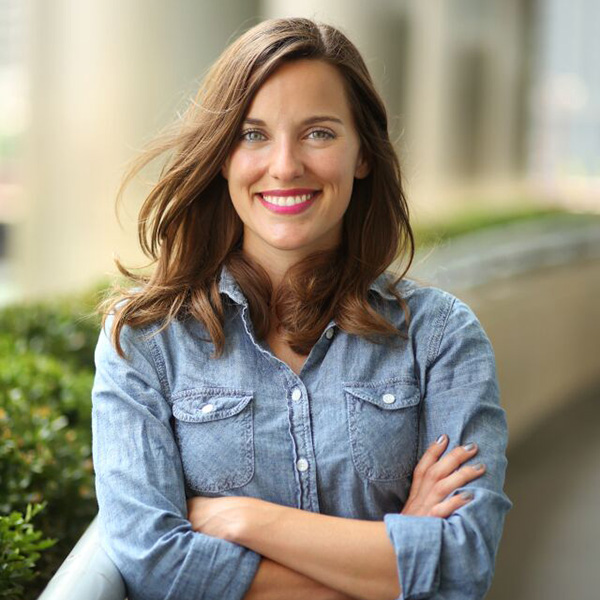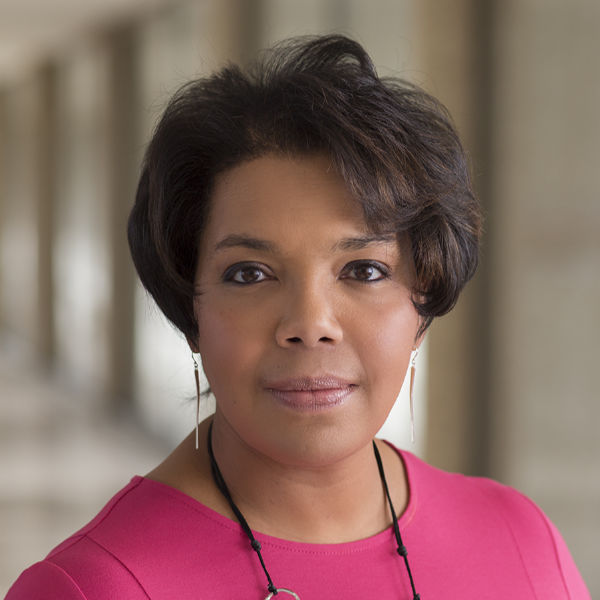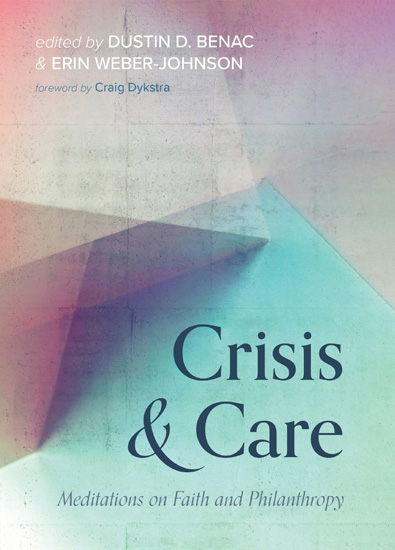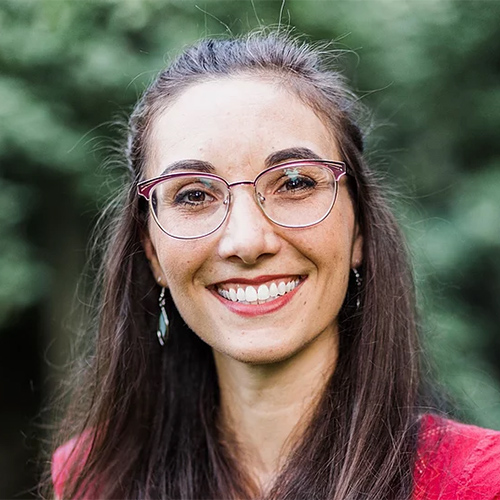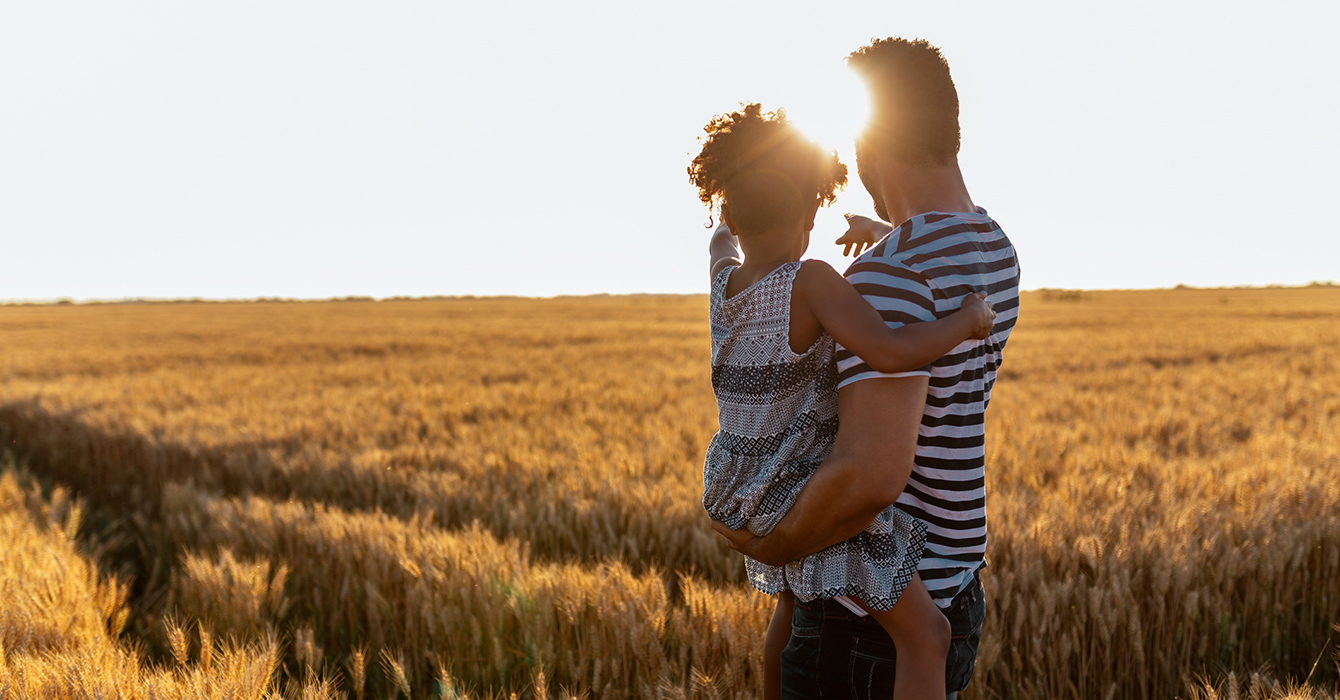The Rev. John L. Smith has been surveying the spaces in his church in a new way.
The Sunday school classrooms at Olivet Baptist Church in Chicago could be places for members of the community to learn about finances. Or they could be the setting for conflict mediation. The kitchen could be an incubator for catering entrepreneurs. Even the parking lot could become housing, eventually.
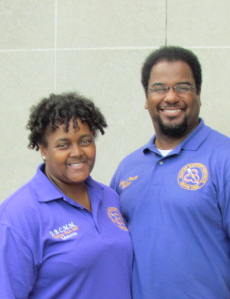
These are all new ideas arising from a process that Smith’s congregation undertook with the Oikos Institute for Social Impact. The nonprofit group works with cohorts of leaders and congregations to think “bigger” and more creatively about their visions for their churches — and to find funding to support those visions.
“That was the beauty of being a part of the cohort,” Smith said. “I look at [the space] a lot differently in terms of how we can really leverage it.”
This is especially important in a moment when fewer people attend church and the traditional offering in a collection plate cannot be the only thing that churches count on.
Smith’s church is a beautiful vine-covered building flanked by tall green trees on Martin Luther King Jr. Drive in Chicago’s Bronzeville neighborhood, blocks from Lake Michigan, with the city’s skyline in sight. The stained glass in its windows creates the shape of a cross.
The oldest Black church in Chicago, Olivet played a role in the Great Migration of Black people from the South to the city, growing by the 1920s to serve 10,000 people. The congregation now has about 150 active members.
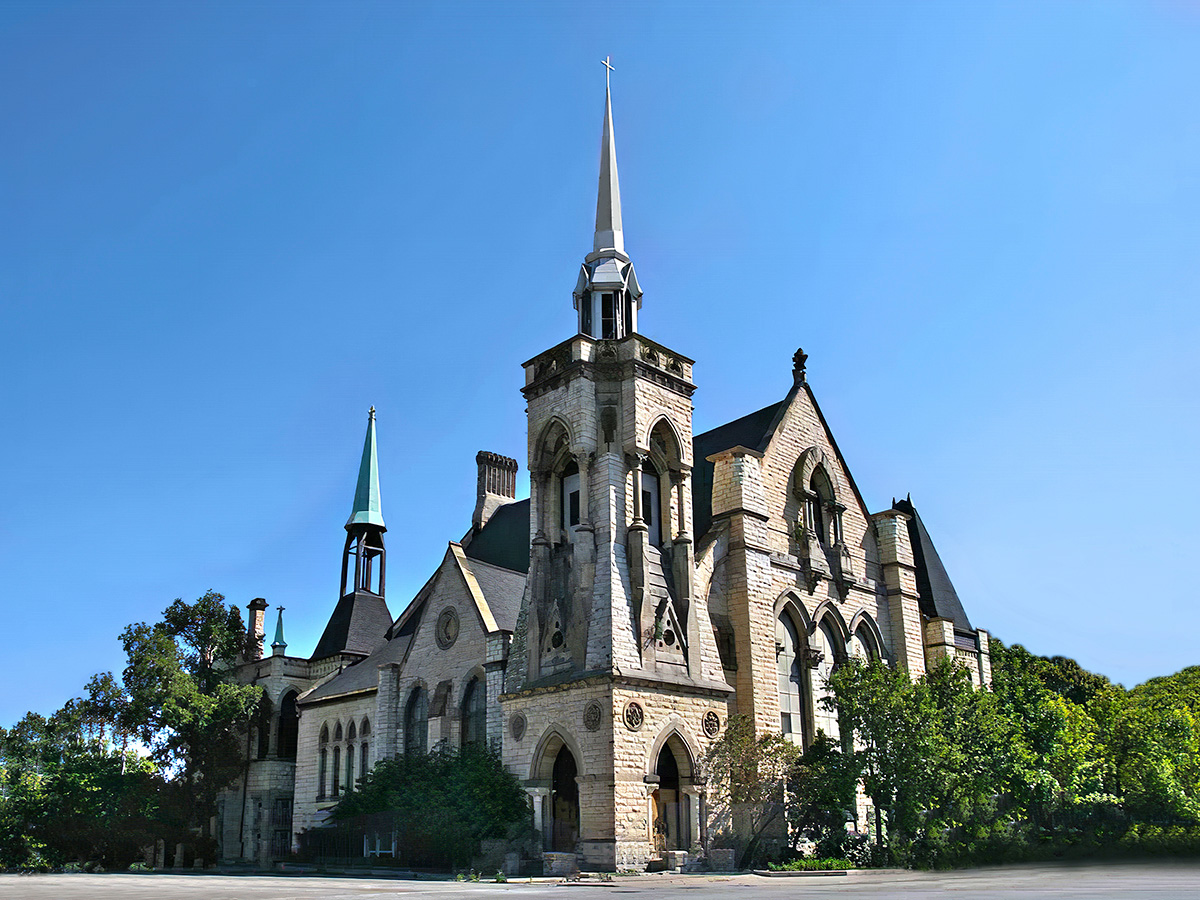
“Most of the time, congregations like ours, who are historic and dealing with the reality of dwindling membership, we tend to become insular or inwardly focused, where we go into survival mode: ‘How can we just preserve what we have?’” Smith said.
The Oikos Institute is designed to militate against that desire to simply preserve, instead helping faith leaders imagine something new. The institute, which launched in 2020, is “committed to a revolutionary movement that will help faith communities harness the power of their assets in order to be a catalyst for communal transformation and economic renewal.”
One crucial part of the process is to offer pastors and other leaders tools to brainstorm new funding avenues while also identifying and leveraging their currently available assets.
Specifically, the Oikos Institute founders aim to help faith communities and other anchor institutions that serve people of color. They partner with groups of congregations and other organizations; in addition to the group in Chicago, cohorts have been formed in Atlanta and Washington, D.C., along with a regional cohort in Raleigh and Durham, North Carolina. Recently, Oikos received grants that will support four more cohorts, in New Orleans, Detroit, Philadelphia and Chicago.
By connecting groups of congregations working on these issues in multiyear cohorts, the Oikos Institute hopes to help individual congregations both create a vision and identify funding and assets to fulfill that vision, resulting in churches that have a combined social impact on their communities.
“Oikos challenged us to look beyond our needs to see the needs of the community,” Smith said.
What might a combined social impact on your community look like?
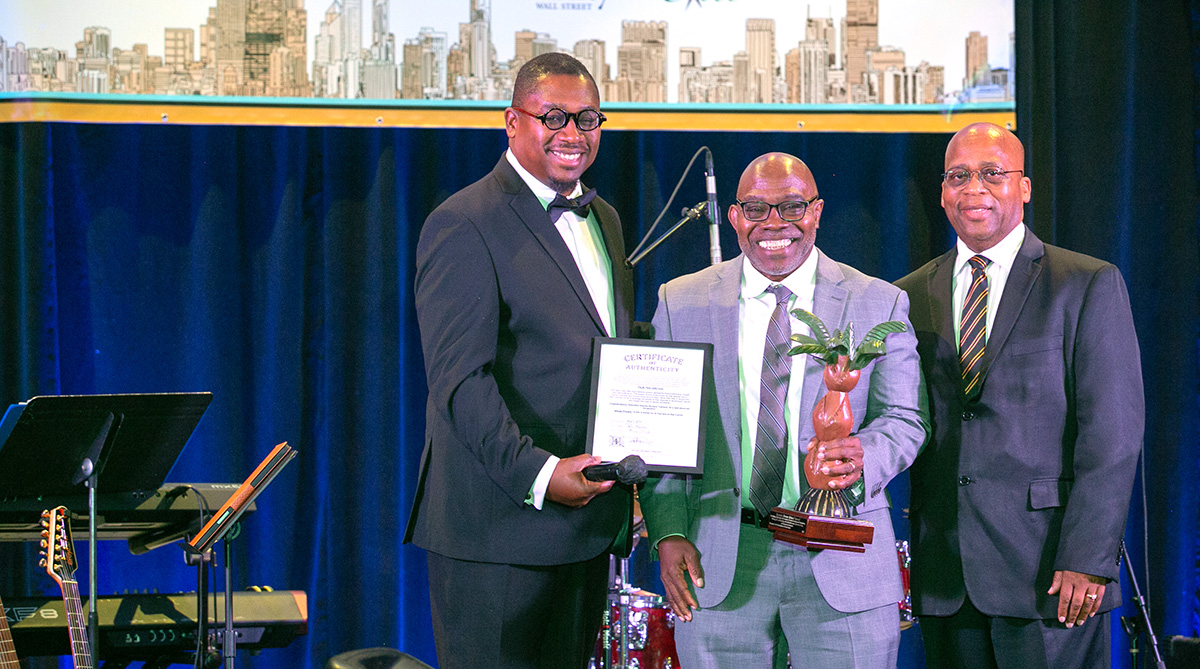
FISHing Differently
In some ways, Oikos co-founder the Rev. Dr. Sidney Williams’ congregation was the precursor of the model. Bethel AME Church in Morristown, New Jersey, is a relatively small congregation of 40 members, but together with its community outreach arm, Spring Street Community Development Corporation, it has become an anchor institution in Morristown.
Williams had a vision for connecting with the community from the beginning of his tenure as Bethel’s pastor, but the transformation began in earnest after Hurricane Irene devastated the church in 2011. The kitchen and fellowship hall were wrecked by flooding and would cost $1.5 million to repair. When a local businessman offered funding for reconstruction as long as it included community service space, the kitchen and fellowship hall were rebuilt to support an extensive food ministry called Table of Hope.
Although the change didn’t come without challenges, it has been fruitful. In 2022, for example, Table of Hope provided groceries to 42,000 families, along with other programs and activities.
The steps Williams and his church went through in this process derive from a framework Williams developed. He calls the approach FISHing Differently, with the acronym FISH standing for Faith, Intellectual, Social and Human capital. It’s outlined in Williams’ book “Fishing Differently: Ministry Formation in the Marketplace.”
The concept helps guide the Oikos process and encourages people to think creatively about all forms of capital and where these resources might be within their congregations and communities. For example, perhaps someone is a dietitian and could help plan and coordinate a new community meal project, or maybe the local government is aspiring to fund efforts the church is already working on.
The F in FISH stands for traditional — and crucial — faith-based sources such as tithes and offerings, but Williams doesn’t want congregations to stop there.
“FISHing Differently is really about helping people use a different kind of lens,” Williams said.
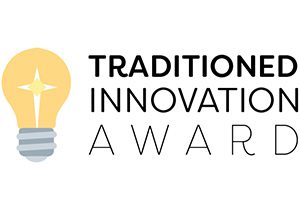
Traditioned Innovation Award Winner
Leadership Education at Duke Divinity recognizes institutions that act creatively in the face of challenges while remaining faithful to their mission and convictions. Winners received $10,000 to continue their work.
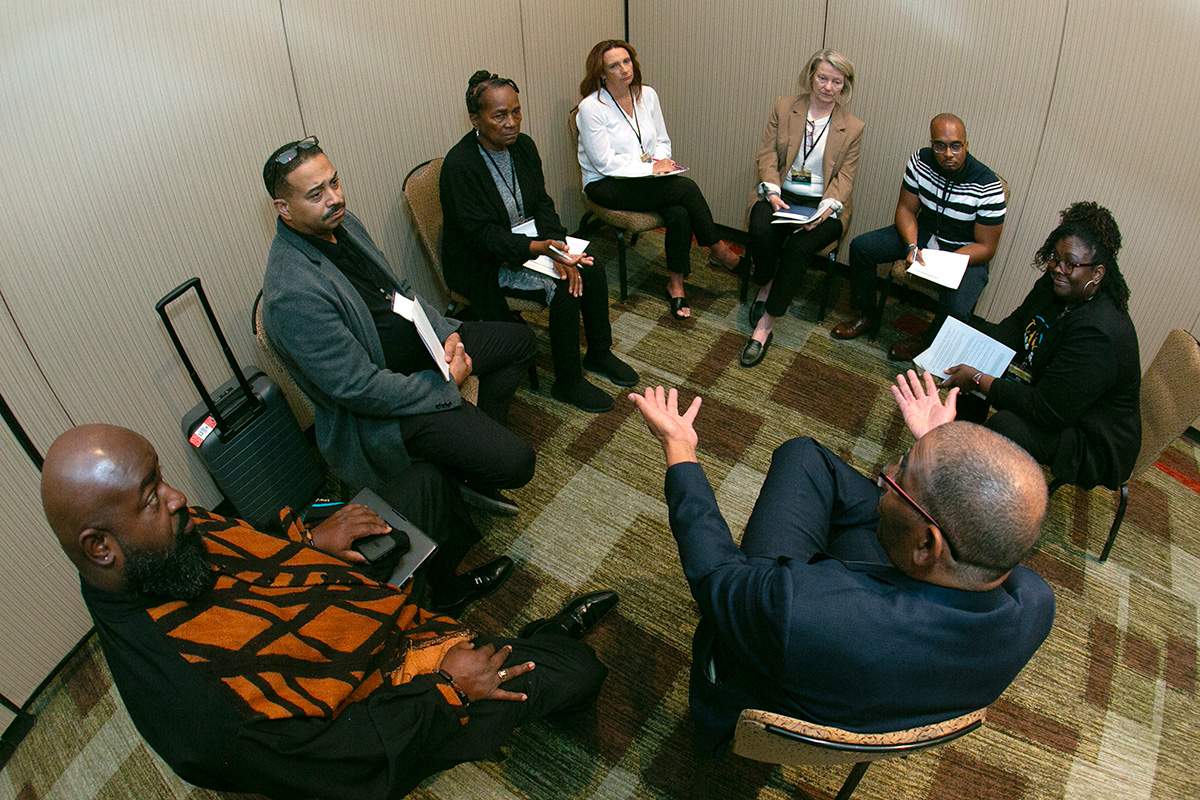
The challenge of pastors securing enough funding for churches is, of course, not new, said Mark Elsdon, the author of “We Aren’t Broke: Uncovering Hidden Resources for Mission and Ministry” and co-founder of the nonprofit RootedGood, which helps church leaders think creatively about money and mission.
No one organization can excel at every possible revenue stream, Elsdon said. His advice is to pick a few, whether that’s applying for government grants or thinking creatively about using a church parking lot.
“Clearly, there is a need in this moment for new revenue sources, a broader array of revenue sources than just the offering plate,” Elsdon said. “It’s just kind of purely economics from that perspective.”
When a church joins the Oikos process, it begins by listening to the stories of the congregation, such as important memories and events. Participants work to recognize potential gifts within the congregation as well as barriers to success. They also practice navigating difficult conversations. Oikos offers advice, teaching and guidance in this asset-based community development approach.
Arnold Romeo, a deacon at Olivet, said that bringing along members is a vital piece of Oikos’ program, as it ensures that people within the congregation are also invested in the process.
“It causes us as members to look at the church differently,” Romeo said. “It causes us as members to contribute to the work.”
It helps in other ways as well, he said. “One of the things that we found out earlier on in the process is that as a congregation, we are not alone in the challenges that we’re facing.”
How might your congregation think about its resources beyond economics?

A focus on minority communities
The Rev. Dr. Brian E. Smith, the director of advancement and strategic partnerships at Chicago Theological Seminary, directs the Chicago cohort, which comprises 12 faith institutions, including churches as well as a synagogue. There is no charge to take part.
All have completed the initial phase of the process, he said, geared toward thinking about “their whole reason for being.”
“We start with the assumption that God has some special assignment,” Brian Smith said. “We assume God is in the process.”
“The idea is to try to help congregations to re-imagine their ministry and to develop concrete ways that they can make social impact through those congregations.”
Two congregations within the Chicago cohort are in the next phase, which is finding financial assistance for their projects. This includes Olivet, as well as Ebenezer Missionary Baptist Church, which also is in Bronzeville. Ebenezer MBC is known as “the birthplace of gospel music,” and the building was the last designed by architect Dankmar Adler. The congregation is considering redeveloping its education building and installing solar panels.
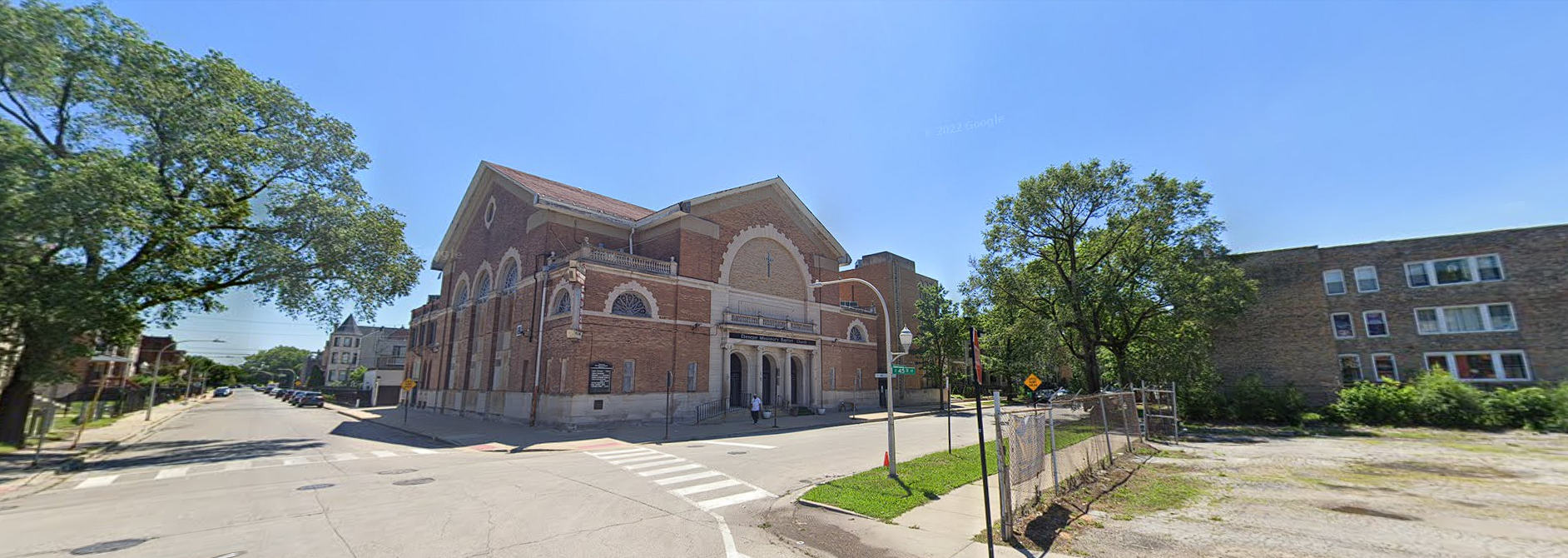
“There’s this idea that everything within the community functions for the good of the whole,” Brian Smith said. Oikos is telling congregations, “You need to be the same way.”
“You need to re-imagine yourself in the space and ask yourself, ‘What is it that I do uniquely to enhance this space?’” he said.
Williams and Oikos co-founder the Rev. Dr. Reginald Blount say it’s important that their effort is focused on minority communities, which are already underresourced. In fact, even when resources are available, that funding sometimes goes to better-resourced outsiders, not people living there.
“[There are] people who are doing the work without the funding, without the support,” Williams said. “But then someone will get a $2 million, $3 million grant to come study our neighborhoods and try to solve a problem that we’ve been working on.”
A 2022 report from Crossing Capital Group and Oikos Institute notes, “The declining vitality and limited financial resources being experienced by asset-rich, cash poor BIPOC (Black, Indigenous, People of Color) institutions are putting these multi-generational assets under threat.”
Black churches must be involved in discussions about topics like economic mobility and gentrification, Williams said. They are rich resources of community knowledge, as well as places that typically have large spaces.
Blount noted that the Oikos process is not a simple matter of teaching pastors how to apply for grants, although that is a skill that can help. It’s a bigger effort of reframing a church’s goals within the community it serves and matching that vision to potential assets that already exist, whether national funding or local philanthropists whose interests align with the good work a church might already be doing or hoping to do.
“You cannot ignore the Black church,” Williams said. “Here’s an institution that already has a building. … What they’re missing is investment.”
How would your church’s goals change if they were framed within your community?
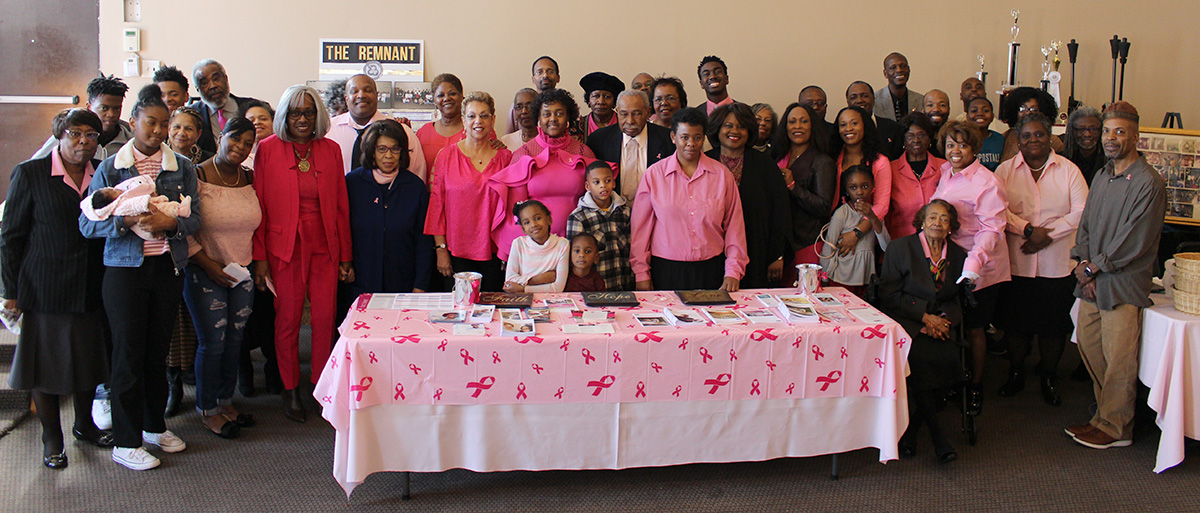
Olivet Baptist Church members at the annual Pink Sunday worship service in October. All month the congregation distributes literature, highlights the stories of breast cancer survivors and offers support to those living with the disease.
Photo courtesy of Olivet Baptist ChurchNew financial partners for social impact
The vision for Oikos was born when Williams and Blount met at a conference in 2019.
“It really is two lives converging toward an emerging mission,” Blount said.
Blount is an associate professor of formation, leadership and culture at Garrett-Evangelical Theological Seminary in Evanston, Illinois.
Williams is chief executive officer of Crossing Capital Group, which helps faith communities and other organizations monetize their missions and programs.
Before meeting, they had both often conversed with discouraged pastors, people called to help others but consumed by the daily logistics of keeping a church running.
“I believe that this movement called Christianity was a social movement,” Williams said. “It was about providing care for the marginalized and meeting the needs of people in society who were overlooked or discarded.”
But, he said, pastors who had sometimes given up other careers and made financial sacrifices in hopes of changing the world were instead “consumed just meeting institutional obligations.”
“We can get caught up with a goal and never achieving it, because we get caught up in the organization itself,” Williams said.
Meanwhile, as they heard from pastors struggling to find funds, Williams and Blount also found themselves having conversations with philanthropists who wanted to invest in many of the causes churches were already working on.
Williams’ early vision dates to 2008, when, after transitioning out of a career in finance, he brought together 30 congregational leaders at the Wharton School of the University of Pennsylvania to talk about real estate and economic development.
He had noticed a divide between the wealth of business terms and acumen he had learned in business school and what preachers knew while shepherding their churches.
“I saw how much these senior pastors, who I had great respect for, just didn’t know,” he said.
Williams’ personal experience also influenced his thinking. He grew up with a single mother caring for three kids. She always put money in the collection plate, even if she didn’t have much herself. For him, there was a tension between the idea of tithing and churches depending on people of little means for finances. It bothered him, the idea of relying on people who don’t have much — and often arrive at church hoping for help themselves — to fill the collection plate.
Entering ministry at age 40, he figured that there were more sources of funding for full-time ministry and leaned on his banking experience to ensure a financially secure church.
“I felt that pastors were not given the tools and resources to be successful,” he said.
Meanwhile, before meeting Williams, Blount had listened to philanthropists wonder how to get connected to groups working in communities. But he noticed that they were overlooking religious institutions.
A big part of connecting all these dots is helping the philanthropy world understand the community services that churches already offer, Blount said, and translating the jargon of that world to pastors seeking to match with funding.
The goal is not funding religion, Williams emphasizes. It’s investing in communities and recognizing that churches can be agents of change. Williams is careful to make this clear to funders who do not want to be seen as pouring money into religion, whatever religion it may be.
“Those who had the financial resources did not always see faith communities as being potential collaborative partners in doing the work around issues that they say they want to truly address,” Blount said.
What institutional obligations prevent your congregation from changing the world?
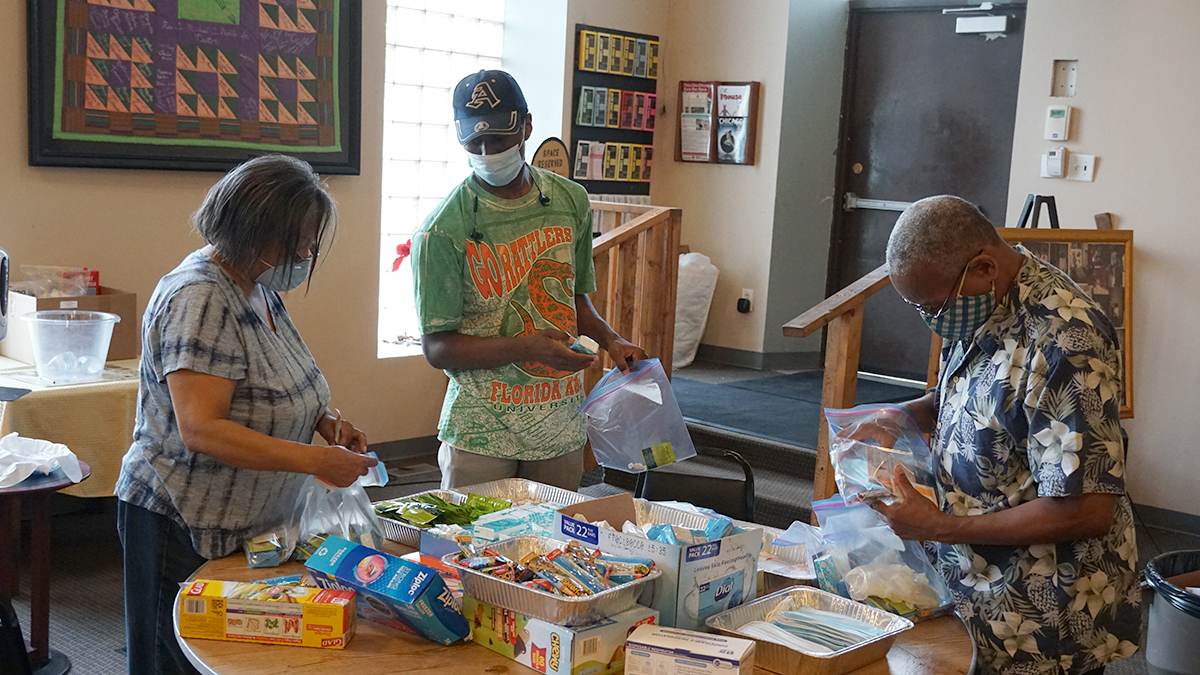
Big dreams
Pairing the brainstorming of new resources with congregational goals has been inspiring for John Smith, the pastor of Olivet Baptist Church. It’s helped him step out in faith, he said, “believing that the best days of your ministry are not behind you — they’re still before you.”
He said he hopes the Oikos work will help his congregation serve the Bronzeville community for years to come. He is dreaming big. Years from now, he hopes, the parking lot will shift into housing for low-income people in the community. He envisions mental health counseling taking place in the rooms where Sunday school is held now. The main sanctuary will be restored for worship but also for community.
“Our goal is to revitalize the entire property outline,” he said. “The reality is that our communities need this.”
Is your congregation an agent of change? If not, how might it move toward that goal?
Questions to consider
- What might a combined social impact on your community look like?
- How might your congregation think about its resources beyond economics?
- How would your church’s goals change if they were framed within your community?
- What institutional obligations prevent your congregation from changing the world?
- Is your congregation an agent of change? If not, how might it move toward that goal?


